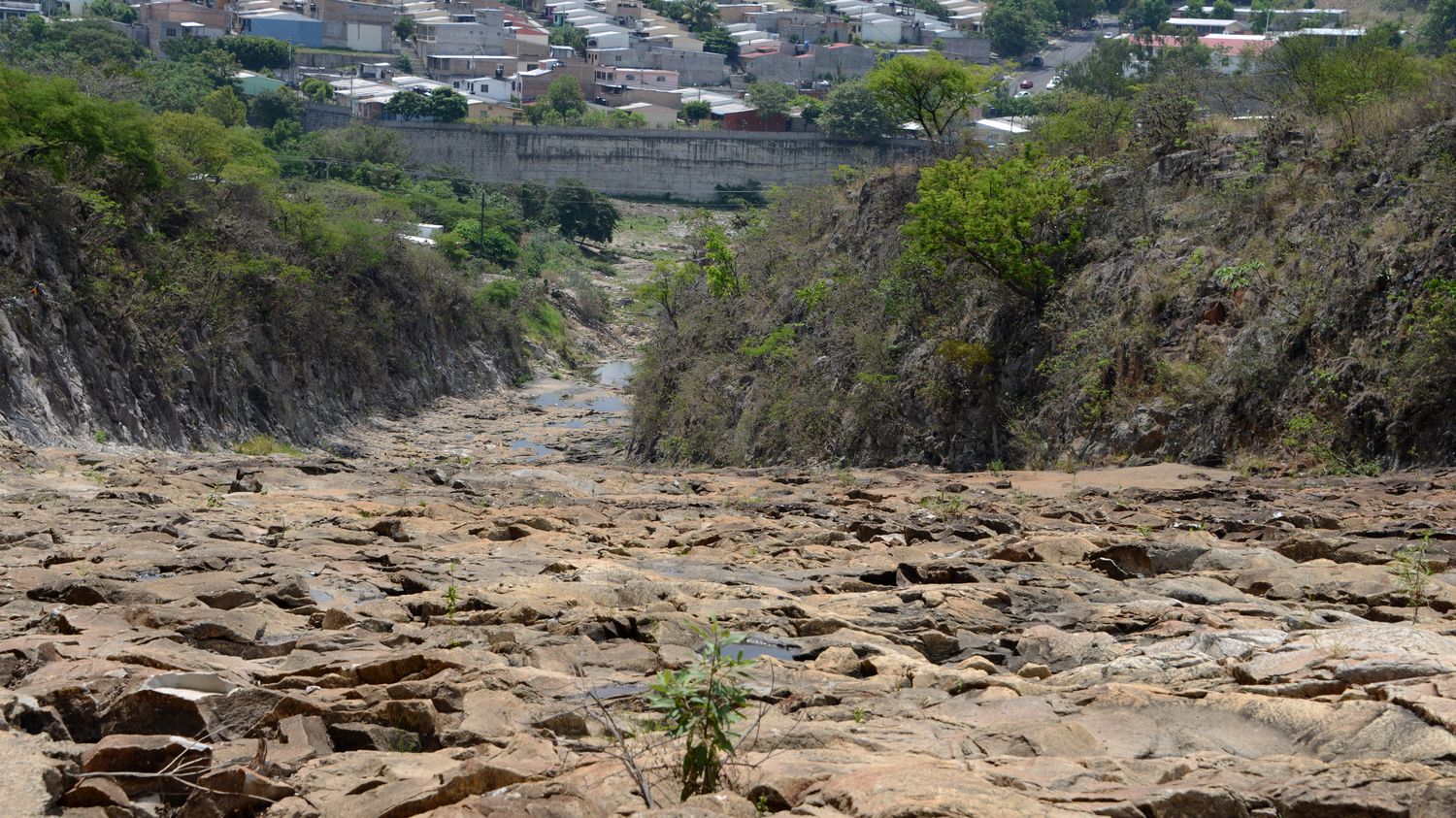The UN in turn formalized Tuesday, July 4 the return of the meteorological phenomenon and called on governments to anticipate the consequences of this natural climatic anomaly.
Governments around the world must be able to anticipate the damage caused by El Niño. This phenomenon of surface warming in the eastern and central Pacific Ocean is well known: it recurs every two to seven years. Problem: in a climate modified by human activities, the consequences of El Niño are not entirely predictable.
>> Climate: Monday July 3 was the hottest day ever measured globally, according to an American agency
We must be prepared to experience unusual weather conditions in different regions of the world with the risk of flooding in Latin America and the southern United States, Pacific coast, above-normal rainfall in Central Africa… Conversely, it must be prepared for drought, and the risk of fires in Indonesia and Australia.
This phenomenon is cyclical, because El Niño is a natural rebalancing of the climate system. It allows the release of certain heat reserves in the Pacific Ocean. But mechanically, when it sets in, the trade winds weaken, the warm waters of the Pacific are no longer pushed to the same place and evaporation is modified. So the rains no longer fall in the same place.
From 2024, the first effects of El Niño felt in France
This is why, with the droughts and floods looming, the UN is concerned for the populations and for the agricultural regions which could simultaneously be victims of poor harvests. And the World Health Organization also fears an increase in water-related diseases such as cholera or mosquito-borne diseases such as dengue or malaria.
In France, we should not immediately feel the effects of El Niño, because we are too far from the Pacific zone in which the phenomenon is located. But from next year, under the cumulative effect of El Niño and greenhouse gas emissions, the planet is likely to experience its five hottest years since the start of the industrial era. Moreover, Monday, July 3 was the hottest day ever measured worldwide, the average air temperature on the surface of the planet exceeded 17°C.
